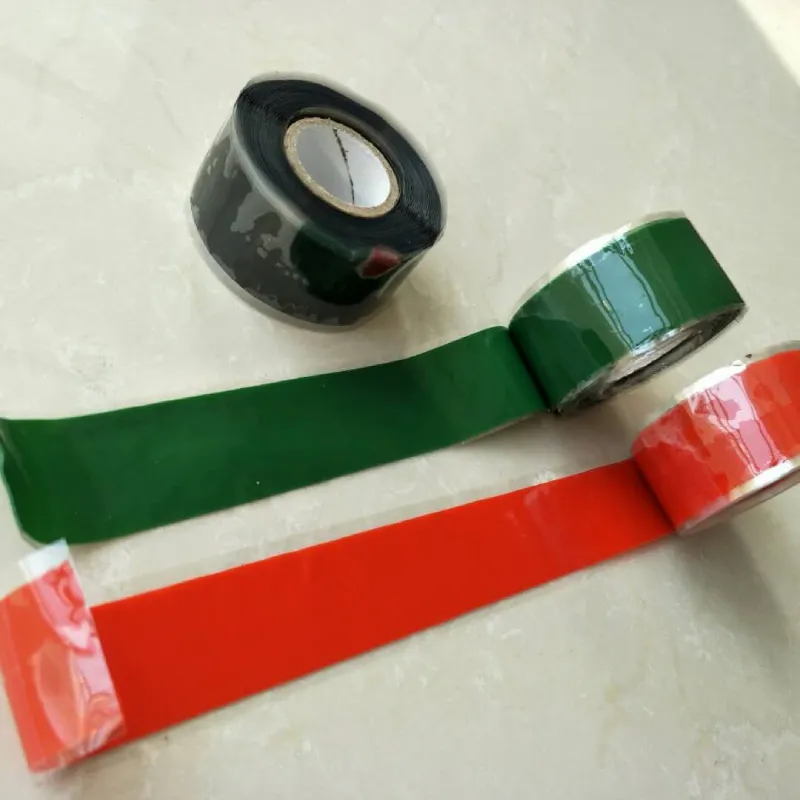Understanding Butyl Rubber Tape Properties, Uses, and Benefits
Butyl rubber tape is a versatile and effective adhesive solution widely used in various industries ranging from automotive to construction. Known for its impressive sealing properties and excellent durability, butyl rubber tape has become the go-to choice for professionals seeking high-performance adhesive solutions. This article explores the characteristics, applications, and advantages of butyl rubber tape, shedding light on why it is an optimal choice for many projects.
Properties of Butyl Rubber Tape
Butyl rubber tape is made from a synthetic rubber compound called butyl rubber, which is renowned for its impermeable nature. This material has a unique blend of elasticity, stability, and low permeability to gases and moisture, making it an exceptional sealing option. Butyl rubber tape typically exhibits excellent adhesion to a variety of surfaces including metals, plastics, and glass, ensuring a strong bond that can withstand various environmental conditions.
Another remarkable characteristic of butyl rubber tape is its resistance to ultraviolet (UV) radiation, ozone, and extreme temperatures. This resistance allows it to maintain its integrity and performance over time, even when exposed to harsh weather conditions or industrial environments. Additionally, butyl rubber tape is flexible and easy to work with, enabling seamless application on irregular surfaces.
Applications of Butyl Rubber Tape
The applications of butyl rubber tape are vast and varied. One of the most common uses is as a weatherproofing sealant in the construction industry, where it is applied in roofs, windows, and doors to prevent water infiltration. Its excellent adhesive properties make it ideal for sealing joints and gaps in various building materials, ensuring a watertight seal.
In the automotive sector, butyl rubber tape is used for sealing windshields and other automotive components. It provides a robust bond that helps dampen vibrations and noise, enhancing the overall driving experience. Furthermore, butyl rubber tape is often utilized in the manufacturing of insulated panels, where its thermal insulation properties contribute to energy efficiency.
butyl rubber tape

Additionally, butyl rubber tape finds applications in the HVAC (heating, ventilation, and air conditioning) industry, where it is employed to seal ducts and other components. Its ability to resist air leakage is crucial in maintaining energy efficiency and ensuring optimal system performance.
Benefits of Using Butyl Rubber Tape
The benefits of using butyl rubber tape are numerous. First and foremost, its unparalleled sealing capabilities prevent water, air, and sound infiltrations, making it an essential tool in various applications. Thanks to its strong adhesion, users can expect long-lasting results without the need for frequent maintenance or repairs.
Moreover, the flexibility and ease of application of butyl rubber tape mean that it can be used in challenging and intricate areas, reducing the labor and time required for installation. This versatility is particularly advantageous in large-scale projects where efficiency is vital.
Another significant benefit is the cost-effectiveness of butyl rubber tape. While it offers high-performance sealing and durability, it is often competitively priced compared to other sealing solutions. This combination of performance and value makes it a preferred choice for both professionals and DIY enthusiasts.
Conclusion
In summary, butyl rubber tape is a high-performance adhesive solution that excels in various applications due to its outstanding sealing properties, durability, and resistance to environmental factors. Whether used in construction, automotive, or HVAC industries, the advantages of butyl rubber tape make it an invaluable tool for ensuring effective sealing and protection. As industries continue to evolve, the demand for reliable and versatile materials like butyl rubber tape will only grow, securing its place as a staple in adhesive solutions for years to come.
-
XIANGFAN Rubber Tape-Ultimate Solutions for All Your Insulation NeedsNewsJun.24,2025
-
XIANGFAN Rubber Tape-Protection for Industrial and Residential ApplicationsNewsJun.24,2025
-
XIANGFAN Rubber Tape: Superior Safety and Sealing for Demanding EnvironmentsNewsJun.24,2025
-
XIANGFAN Rubber Tape: Reliable Solutions for Every Electrical ChallengeNewsJun.24,2025
-
XIANGFAN Electrical & Industrial Tape: Powering Reliability Across IndustriesNewsJun.24,2025
-
XIANGFAN Electrical & Industrial Tape: Excellence in Every ApplicationNewsJun.24,2025
